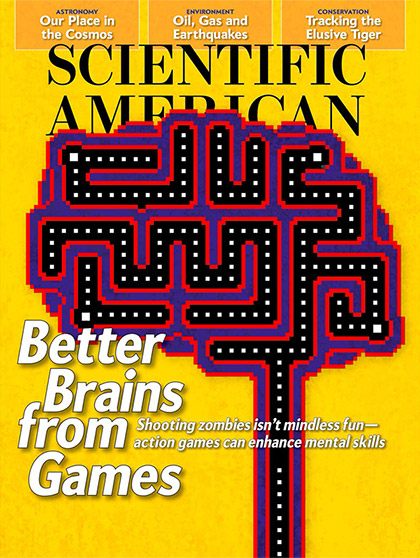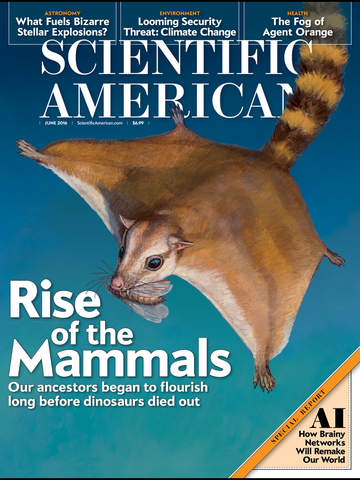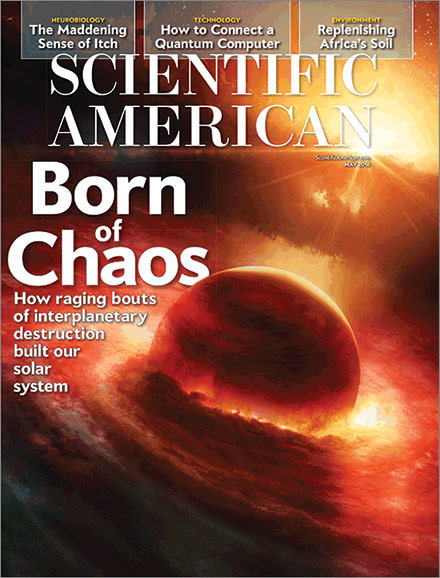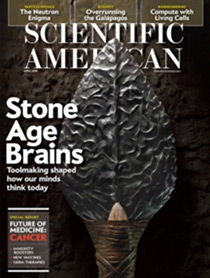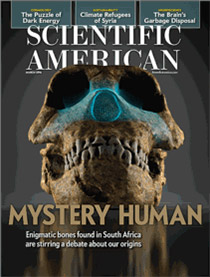July 1, 2016
Charlie Sheen’s misadventure with a false cure for HIV/AIDS
When basketball legend Magic Johnson announced in 1991 that he had tested positive for HIV, it was a death sentence, and he promptly retired from the Los Angeles Lakers. Fans mourned his coming demise, but to everyone’s astonishment, Magic’s life continued in relative normalcy. A quarter of a century later he is an active entrepreneur, business leader, philanthropist and advocate for HIV/AIDS prevention.
Magic’s story is emblematic of one of the great medical achievements of our time. Although there is still no cure or vaccine for HIV, teams of medical researchers have developed a highly active antiretroviral therapy (the HAART “cocktail”) that significantly slows the progression of the disease by reducing the viral load to an undetectable level. If treatment is started promptly after early detection in young adults, for example, life expectancy returns close to normal.
Perhaps this is why there was far less media frenzy and social mourning after the November 2015 announcement by actor Charlie Sheen that he was HIVpositive. Most assumed HAART would save Sheen’s life, not his “tiger blood” and “Adonis DNA” that he boasted about during his highly publicized 2011 meltdown following his dismissal from the hit TV series Two and a Half Men. (continue reading…)
June 1, 2016
What would be your final words?
Between December 7, 1982, and February 16, 2016, the state of Texas executed 534 inmates, 417 of whom issued a last statement. This January in the journal Frontiers in Psychology, psychologists Sarah Hirschmüller and Boris Egloff, both at Johannes Gutenberg University Mainz in Germany, published the results of their evaluation of most of the statements, which they put through a computerized text-analysis program called the Linguistic Inquiry and Word Count. The biggest finding was a statistically significant difference between the average percentage of positive emotion words (9.64) and negative ones (2.65). Is that a lot?
To find out, the psychologists compared this dataset with a broad spectrum of written sources, including scientific articles, novels, blogs and diaries, consisting of more than 168 million words composed by 23,173 people. The mean of 2.74 percent positive emotion words for each entry was statistically significantly lower than that of the prisoners. In fact, these death-row inmates were more positive than students asked to contemplate their own death and write down their thoughts and even more positive than people who attempted or completed suicides and left notes. What does this mean?
Hirschmüller and Egloff contend that their data support terror management theory (TMT), which asserts that the realization of our mortality leads to unconscious terror, and “an increased use of positive emotion words serves as a way to protect and defend against mortality salience of one’s own contemplated death.” But if that were so, then why the difference between the inmates’ statements and those of suicide attempters and completers? Surely those about to kill themselves would be equally terrorized by the prospect of their imminent self-demise.
Context is key here. “Change the context slightly, and one often gets very different results in research on human behavior,” University of California, Berkeley, psychologist Frank J. Sulloway told me by e-mail when I queried him about TMT. “The really tricky thing with theories like this is not what to do with statistical refutations but rather what to do with supposed statistical confirmations. This problem previously arose in connection with psychoanalysis, and [German-born psychologist] Hans Eysenck and others later wrote books showing that those zealous psychoanalytic devotees testing their psychoanalytic claims systematically failed to consider what other theories, besides the one researchers thought they were testing, would also be confirmed by the same evidence.” (continue reading…)
May 1, 2016
Why Malthus makes for bad science policy
If by fiat I had to identify the most consequential ideas in the history of science, good and bad, in the top 10 would be the 1798 treatise An Essay on the Principle of Population by English political economist Thomas Robert Malthus. On the positive side of the ledger, it inspired Charles Darwin and Alfred Russel Wallace to work out the mechanics of natural selection based on Malthus’s observation that populations tend to increase geometrically (2, 4, 8, 16…), whereas food reserves grow arithmetically (2, 3, 4, 5…), leading to competition for scarce resources and differential reproductive success, the driver of evolution.
On the negative side of the ledger are the policies derived from the belief in the inevitability of a Malthusian collapse. “The power of population is so superior to the power of the earth to produce subsistence for man, that premature death must in some shape or other visit the human race,” Malthus gloomily predicted. His scenario influenced policy makers to embrace social Darwinism and eugenics, resulting in draconian measures to restrict particular populations’ family size, including forced sterilizations.
In his book The Evolution of Everything (Harper, 2015), evolutionary biologist and journalist Matt Ridley sums up the policy succinctly: “Better to be cruel to be kind.” The belief that “those in power knew best what was good for the vulnerable and weak” led directly to legal actions based on questionable Malthusian science. For example, the English Poor Law implemented by Queen Elizabeth I in 1601 to provide food to the poor was severely curtailed by the Poor Law Amendment Act of 1834, based on Malthusian reasoning that helping the poor only encourages them to have more children and thereby exacerbate poverty. The British government had a similar Malthusian attitude during the Irish potato famine of the 1840s, Ridley notes, reasoning that famine, in the words of Assistant Secretary to the Treasury Charles Trevelyan, was an “effective mechanism for reducing surplus population.” A few decades later Francis Galton advocated marriage between the fittest individuals (“What nature does blindly, slowly, and ruthlessly man may do providently, quickly and kindly”), followed by a number of prominent socialists such as Sidney and Beatrice Webb, George Bernard Shaw, Havelock Ellis and H. G. Wells, who openly championed eugenics as a tool of social engineering. (continue reading…)
April 1, 2016
Would you know it if you saw it?
Babble, bafflegab, balderdash, bilge, blabber, blarney, blather, bollocks, bosh, bunkum. These are a few of the synonyms (from just the b’s) for the demotic descriptor BS (as commonly abbreviated). The Oxford English Dictionary equates it with “nonsense.” In his best-selling 2005 book on the subject, Princeton University philosopher Harry Frankfurt famously distinguished BS from lying: “It is impossible for someone to lie unless he thinks he knows the truth. Producing bullshit requires no such conviction.” BS may or may not be true, but its “truthiness” (in comedian Stephen Colbert’s famous neologism) is meant to impress through obfuscation—that is, by saying something that sounds profound but may be nonsense.
Example: “Attention and intention are the mechanics of manifestation.” This is an actual tweet composed by Deepak Chopra, as quoted by University of Waterloo psychologist Gordon Pennycook and his colleagues in a paper published in the November 2015 issue of Judgment and Decision Making. The scientists set out to determine “the factors that predispose one to become or to resist becoming” a victim of what they called “pseudo-profound” BS, or language “constructed to impress upon the reader some sense of profundity at the expense of a clear exposition of meaning or truth.” I was cited in the paper for describing Chopra’s language as “woo-woo nonsense.” For instance, in a 2010 debate we had at the California Institute of Technology that was televised on ABC’s Nightline, in the audience Q&A, Chopra defines consciousness as “a superposition of possibilities,” to which physicist Leonard Mlodinow replies: “I know what each of those words mean. I still don’t think I know….”
Chopra’s definition of consciousness certainly sounds like pseudo-profundity, but I have since gotten to know him and can assure readers that he doesn’t create such phrases to intentionally obscure meaning. He believes that quantum physics explains consciousness, so invoking terms from that field makes sense in his mind, even though to those not so inclined, much of what he says sounds like, well, BS. (continue reading…)
March 1, 2016
Political Bias in the Academy
In the past couple of years imbroglios erupted on college campuses across the U.S. over trigger warnings (for example, alerting students to scenes of abuse and violence in The Great Gatsby before assigning it), microaggressions (saying “I believe the most qualified person should get the job”), cultural appropriation (a white woman wearing her hair in cornrows), speaker disinvitations (Brandeis University canceling plans to award Ayaan Hirsi Ali an honorary degree because of her criticism of Islam’s treatment of women), safe spaces (such as rooms where students can go after a talk that upset them), and social justice advocates competing to signal their moral outrage over such issues as Halloween costumes (for example, at Yale University). Why such unrest in the most liberal institutions in the country?
Although there are many proximate causes, there is but one ultimate cause—lack of political diversity to provide checks on protests going too far. A 2014 study conducted by the University of California, Los Angeles, Higher Education Research Institute found that 59.8 percent of all undergraduate faculty nationwide identify as far left or liberal, compared with only 12.8 percent as far right or conservative. The asymmetry is much worse in the social sciences. A 2015 study by psychologist José Duarte, then at Arizona State University, and his colleagues in Behavioral and Brain Sciences, entitled “Political Diversity Will Improve Social Psychological Science,” found that 58 to 66 percent of social scientists are liberal and only 5 to 8 percent conservative and that there are eight Democrats for every Republican. And the problem is most relavent to the study of areas “related to the political concerns of the Left— areas such as race, gender, stereotyping, environmentalism, power, and inequality.” The very things these students are protesting. (continue reading…)
